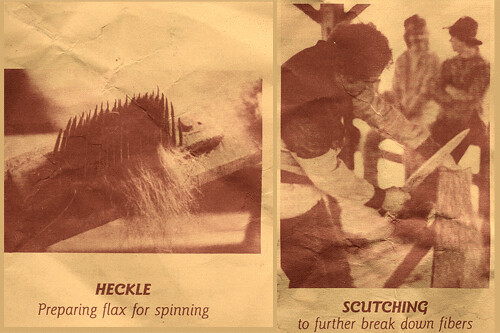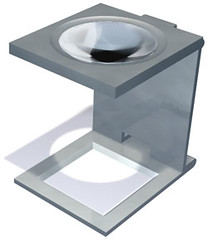In which I start out talking about decision trees, and end up talking about shelf sets.
Matt Neuburg has an interesting writeup at Tidbits of a decision making tool called Flying Logic. The program creates "intelligent" decision trees that provide visual feedback as to how to navigate the complex web of dependencies required in order to get to a goal.
Yes, you can do this with a whiteboard (or Omnigraffle), but those don't let you offload logic out of your head.
This is a tool that's probably only worth checking out for major initiatives, but more broadly, the power of visualization in aiding group decision-making can't be overstated. Without visual reference, planning meetings are essentially Socratic dialogs, which is unnecessarily hard work.
Even in the world of brand design, I am often sitting in a meeting talking about "the chosen design" and what needs to happen to it... without any visual reference. Looking around the table, you can see everyone's eyes focussing off in the middle distance as we recall what that design looked like. More unnecessarily hard work.
Think ahead about what needs to be in your library of visual reference material, and keep it at hand in your team's public discussion areas. For CPG design, this means comprehensive shelf sets, and reference for visual equity elements and physical materials. Don't have your meetings in conference rooms, you'll just have to bring your stuff there, and that's too much work, so you won't.



